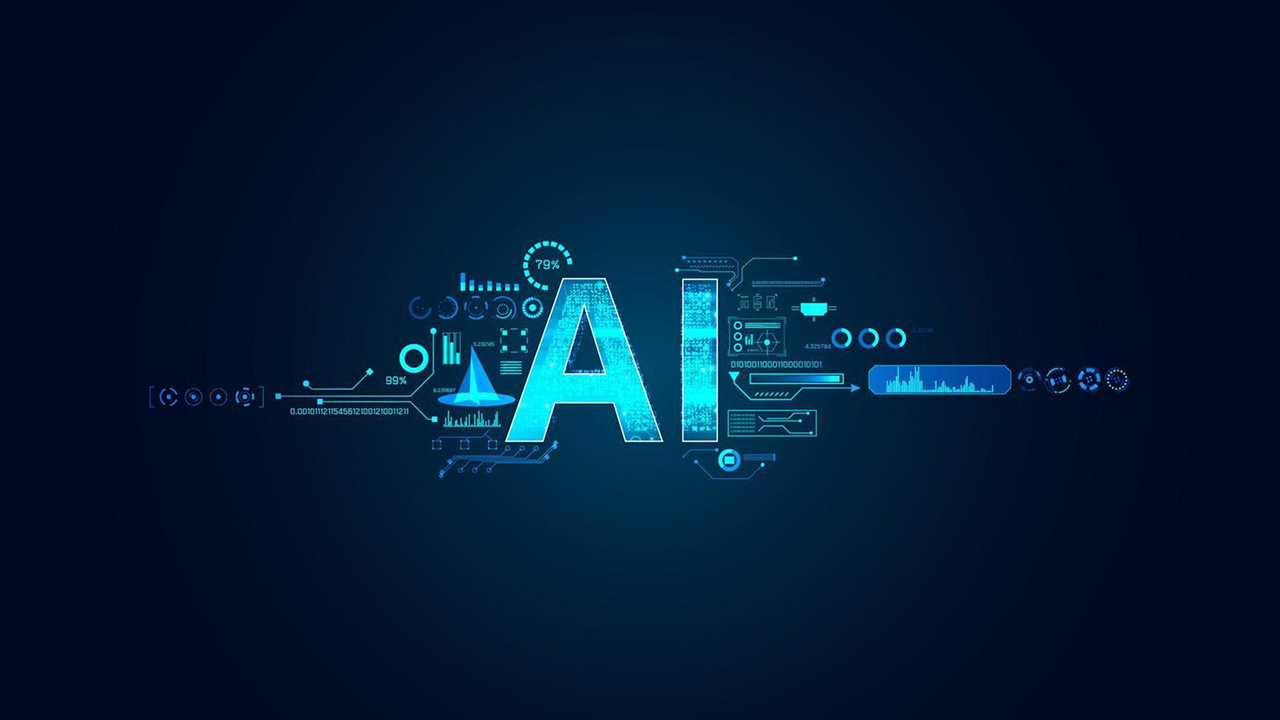In the diverse landscape of Indian higher education, a significant challenge has emerged—bridging the gap between English instruction and students from non-English backgrounds. This issue impedes effective learning and hampers academic performance. In response, the University Grants Commission (UGC), India’s higher education regulator, has taken a proactive step by advocating for exams to be written in local languages, even for courses taught in English. This initiative, along with the broader push for education in local languages, has sparked a demand for translating English textbooks into Indic languages.
The emergence of powerful generative AI tools like ChatGPT has proven to be a game-changer in this regard. Recognizing this potential, the UGC issued guidelines in July to facilitate the translation of higher education textbooks using artificial intelligence. These guidelines aim to ensure the consistency and quality of translated textbooks, catering to the nation’s vast linguistic diversity.
With 22 official languages and over 270 mother tongues, India’s linguistic diversity presents a formidable challenge. However, AI-powered translation tools, especially those capable of generating human-like text such as ChatGPT, offer a promising solution. These tools can revolutionize the educational landscape for students, teachers, and stakeholders alike.
Experts have highlighted that AI-assisted translation has benefits not only for students but also for higher education institutions. It proves to be a cost-effective approach, aligning with institutions’ goals of promoting multilingual education. Traditional translation methods involve significant time and resources, but AI-powered translation streamlines the process considerably.
Leading Indian engineering colleges have embarked on research projects exploring AI’s potential in creating educational tools in local languages, similar to ChatGPT. For instance, the Indian Institute of Technology (IIT) Bombay launched Project Udaan, an end-to-end ecosystem that facilitates the translation of scientific and technical content from English to all Indian languages. Professor Ganesh Ramakrishnan of IIT Bombay explains that this project significantly expedites translation, saving time and effort compared to manual methods.
IIT Madras, based in Chennai, has also delved into AI-assisted translation. The institute established a dedicated language technology development center to address the lag in technology for Indian languages. This effort, supported by a grant from Nilekani Philanthropies, aims to bridge the gap in language technology for Indian languages, catering to the unique linguistic challenges of the nation.
India’s technical education regulator, the All India Council for Technical Education (AICTE), is actively translating bachelor of technology textbooks into Indian languages. The council has introduced “Anuvadini,” an AI-powered translation tool tailored for Indian languages. The UGC’s guidelines point to the advantages of tools like Anuvadini, highlighting features such as translation within the source text file and integrated editing facilities.
Despite the promise of AI-assisted translation, experts emphasize the need for authentication by trained professionals. While machines can handle raw translation, the nuances of language and context require human intelligence. Furthermore, a challenge arises from the lack of comprehensive dictionaries for all Indian languages. While efforts have been made to develop glossaries, AI models often rely on local language newspapers and state government data repositories, which may not guarantee accuracy.
The UGC’s guidelines provide valuable recommendations for effective AI-assisted translation. Complex technical terms can be supplemented with English equivalents, ensuring clarity. Additionally, the guidelines highlight the importance of a common core vocabulary across all Indian languages, facilitating better translation and comprehension.
While AI tools like ChatGPT have transformed education, quality control remains vital. Institutions like Amity University Online have harnessed ChatGPT’s capabilities to create innovative applications, like the AI Professor ‘AMI.’ This tool personalizes the learning experience for each student based on their strengths and learning styles. However, educators stress that AI tools should complement, not replace, teachers.
In essence, India’s move towards education in local languages is a transformative endeavor, aided by the capabilities of AI-powered translation tools like ChatGPT. These tools offer a path to bridge linguistic gaps, enriching the learning experience for students and promoting multilingual education. While challenges persist, the collaborative efforts of academia and AI technology hold the promise of reshaping India’s higher education landscape for the better.








